So, what exactly was the government’s angle here? They banned social media during the Nepal Protests 2025, claiming it was necessary to stop “misinformation.” They painted it as a move to keep things civil. But let’s be clear: almost immediately, people saw through it. It wasn’t about fake news for them; it was a direct assault on their freedom to speak.
And who felt this the hardest? Nepal’s Gen Z. For young people, social media isn’t just for sharing memes; it’s how they connect, how they get their news, and how they make their voices heard. Taking that away was like pulling the rug out from under them.
The response was swift and powerful. The streets of Kathmandu filled up. Protesters weren’t just marching peacefully anymore; they were storming government buildings, clashing with police. They even took their anger directly to the homes of senior officials. It was personal.
You’d think curfews and heavy security would stop them, right? Wrong. The demonstrations have actually gotten more intense. This isn’t just about a social media ban anymore. It’s a raw, public outburst of deep frustration – frustration with corruption, with not having jobs, and with a system that doesn’t seem to hold anyone accountable. People are fed up, and they’re showing it.
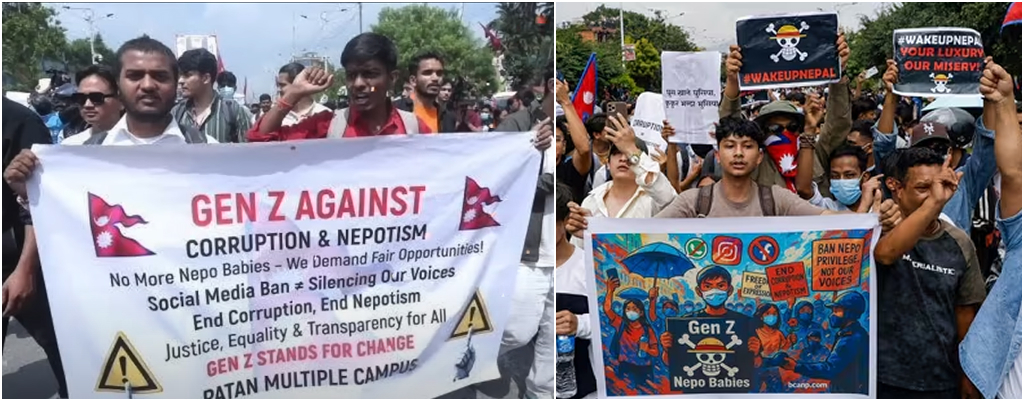
The Youth Take the Lead: More Than Just a Ban
Look closely at the crowds on the streets, and you’ll see a clear pattern: young Nepalis are the backbone of this movement. They’re not just participating; they’re driving it.
And for them, this unrest goes way deeper than simply losing access to TikTok or Facebook. Many are saying this is the boiling point for years of deep dissatisfaction. We’re talking about a broken system, widespread corruption, and a severe lack of real opportunities for them to build a future.
One of their leaders put it plainly: “This is not only about social media. This is about our future. We want a government that listens, not one that silences us.” That single quote tells you everything you need to know about the heart of these protests. It’s about their lives, their future, and a basic demand to be heard by those in power.
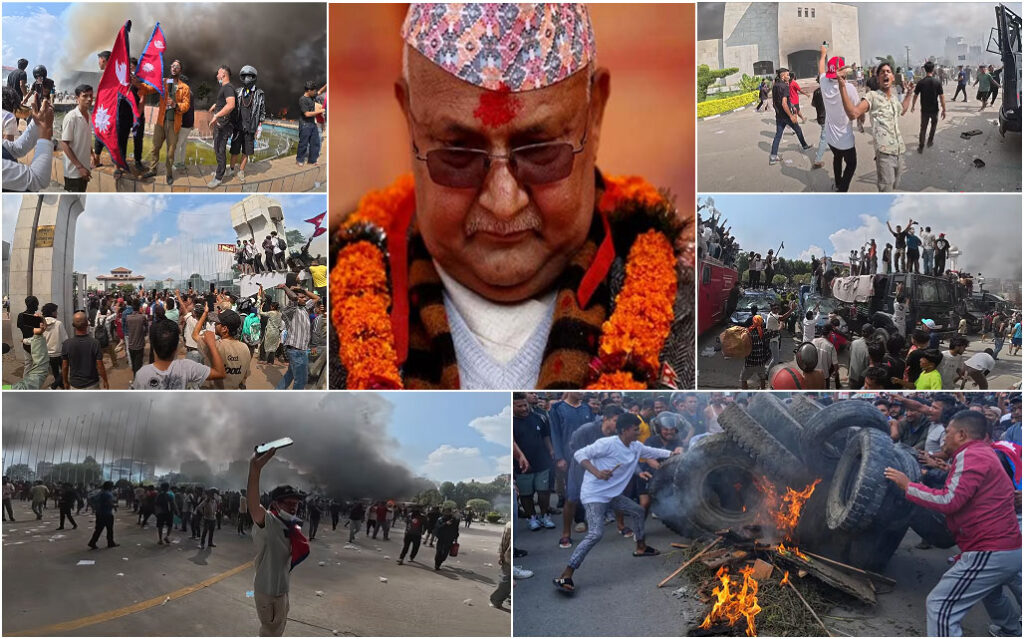
Political Fallout and Uncertainty: Who's Next?
So, Prime Minister Oli is out. He resigned under intense pressure, and on paper, that should calm things down. But the reality on the ground? His departure hasn’t brought stability. Not by a long shot.
Right now, President Ramchandra Paudel is stepping up, calling for talks, urging everyone to cool down and avoid more violence. It’s a plea for reason in a very heated situation.
Meanwhile, the opposition parties smell blood in the water. They’re not just looking for quick fixes; they’re demanding big, systemic changes. This is intensifying the political tug-of-war even further.
The truth is, the whole situation is still up in the air. Things are changing fast, and honestly, nobody really knows what’s coming next. There’s still a lot of noise online – “misinformation,” as the government called it – and people on the streets are uncertain, waiting, wondering if their voices will actually lead to a better future.
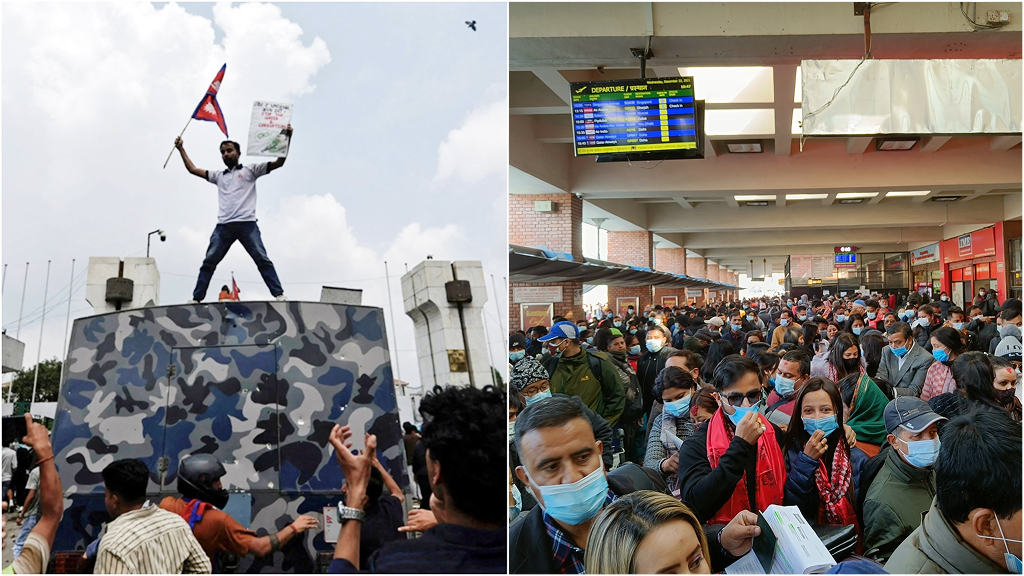
Life on Hold: How the Crisis Hits Home
This isn’t just about politicians making moves in Kathmandu’s halls of power. This crisis has spilled over, hitting regular people where they live. It’s disrupting daily life in serious ways.
Think about it:
- Getting Around is Tough: Several airlines have actually suspended flights to and from Kathmandu. If you were planning to travel, you’re stuck. Foreign embassies are even telling their citizens to be careful or reconsider travel – a big red flag.
- Businesses Shut Down: In regions hit hard by protests, it’s not business as usual. Shops are closed, schools are shut. This means people aren’t earning, and kids aren’t learning. It’s putting lives on pause.
- Safety Concerns Mount: And perhaps most worrying, there are reports that the police forces are stretched thin. This means some areas are effectively left unprotected, leaving people feeling vulnerable and exposed.
This isn’t just political drama; it’s a real disruption to the lives and safety of everyday Nepalis. Their routines are broken, their livelihoods are at risk, and their sense of security is shaken. And these local struggles have bigger implications.
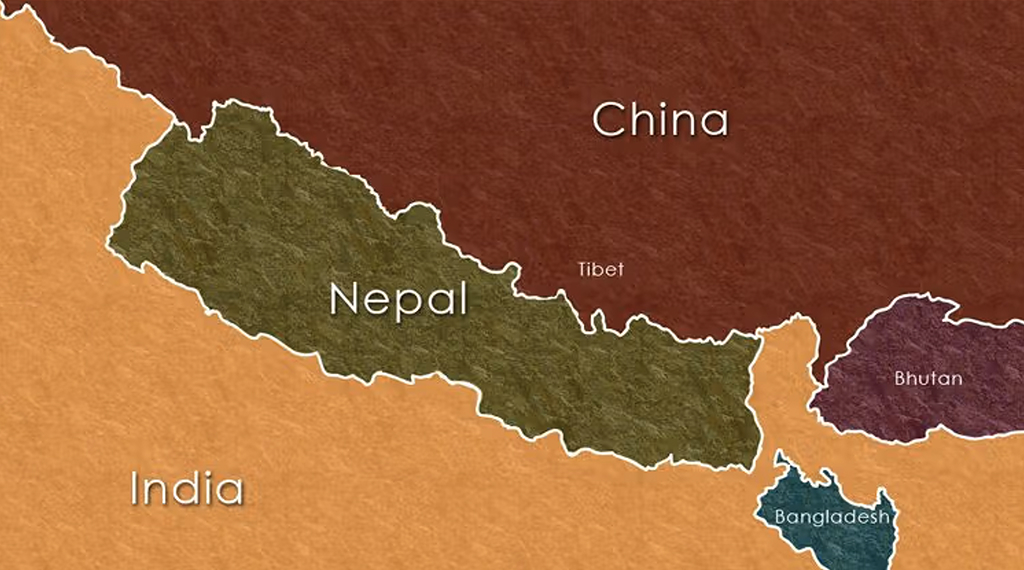
Beyond the Borders: Nepal's Crisis Echoes Globally
What’s happening in Nepal isn’t staying contained within its own borders. Analysts are warning that this instability could have serious regional consequences. Think about Nepal’s neighbors: India and China, both massive players with deep interests here. And then you’ve got the United States also watching closely. Everyone has a stake, which means this unfolding crisis is being monitored very carefully.
This isn’t just a domestic issue anymore. We’re talking about shifting alliances potentially forming. With the growing anti-government sentiment inside Nepal, there’s a real chance this whole situation could reshape Nepal’s place and influence in the entire South Asian political landscape. The ripples from Kathmandu could reach far and wide.
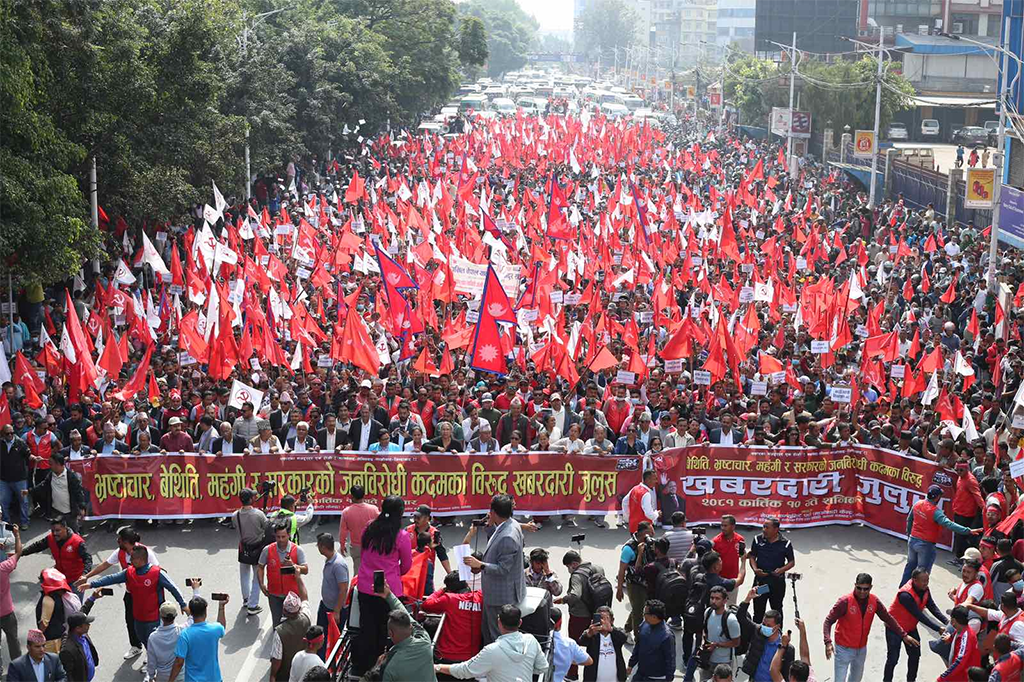
What Lies Ahead: A Call for Peace, A Demand for Change
So, where does Nepal go from here? That’s the million-dollar question. This crisis is a crossroads for the nation. There’s a clear choice: either the government and its people find a way to talk, to build trust, and to address the deep-seated issues driving this unrest, or the instability will just keep growing.
Right now, the calls for dialogue, for peace, and for a government that truly serves its citizens are louder than ever. Nepal stands at a critical point, and for things to get better, real reforms and a commitment to stability are not just desired – they’re absolutely crucial. The path ahead is uncertain, but the voices demanding change are clearer than ever. Nepal’s future rests on what happens next.
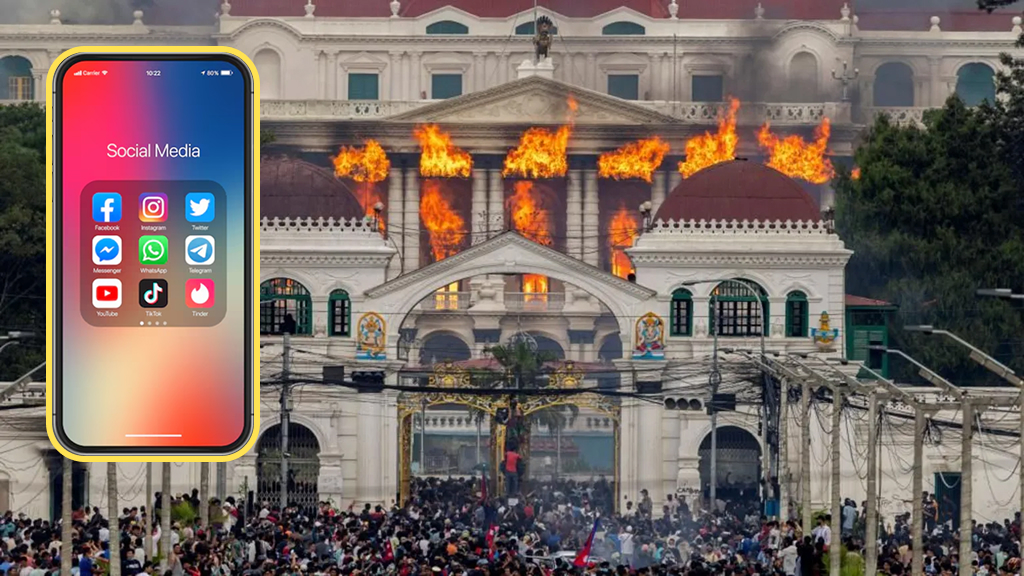




One comment on ““Nepal Crisis 2025: How Social Media Ban Triggered Explosive Nationwide Unrest””